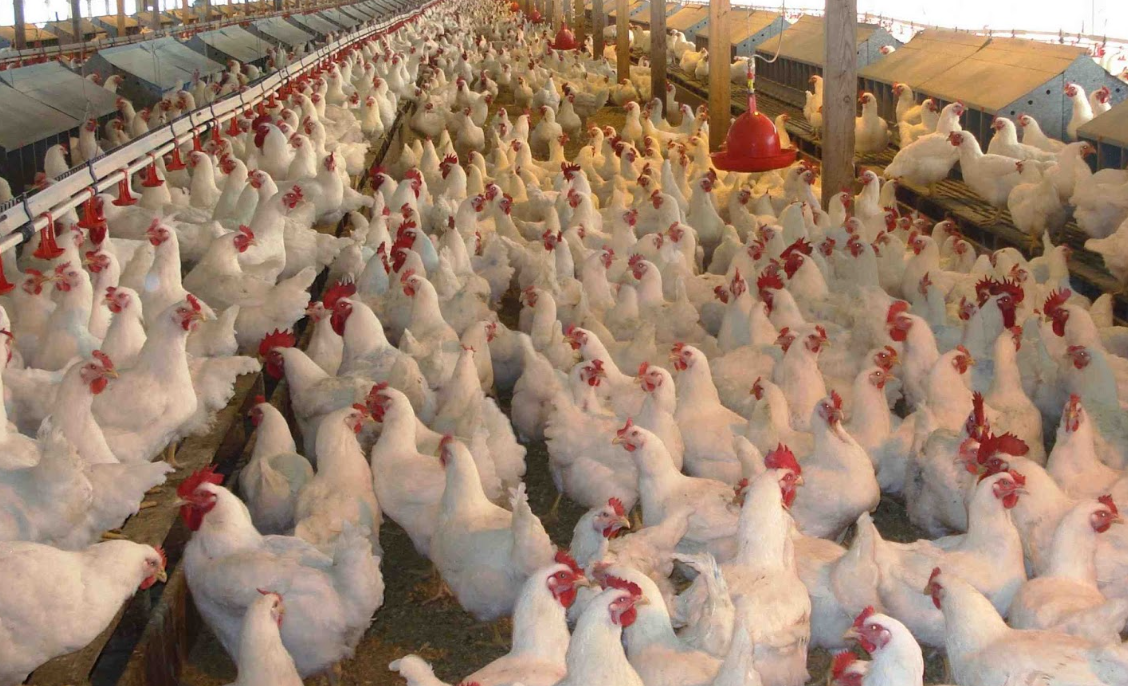Can I Leave a Light on All Night for my Chickens
Can I Leave a Light on All Night for my Chickens

Leaving a light on all night in a chicken coop is not recommended for most scenarios, as it may disrupt natural biological rhythms and compromise poultry welfare.
1. Circadian Rhythm Disruption
Continuous light exposure interferes with chickens’ circadian rhythms, which regulate feeding, activity, and rest. For example, studies show that free-running locomotor and oviposition rhythms in chickens remain stable under natural light-dark cycles but become disrupted under constant illumination, even at low intensities (13–970 lux). Blinded chickens also entrain their activity to light-dark cycles, indicating the importance of periodic darkness for maintaining biological synchrony.
2. Stress and Health Risks
Oxidative Stress: Prolonged light exposure increases oxidative stress markers in broilers, potentially weakening immune function and growth performance.
Retinal Adaptation: Chickens adapted to constant dark or light show biochemical changes in retinal phospholipids and cholinesterase activity, suggesting physiological strain.
3. Productivity Trade-offs
While extended photoperiods (e.g., 16–18 hours of light) can synchronize feeding and improve feed conversion ratios in broilers, 24-hour lighting is unnecessary and counterproductive. For example:
Laying hens exposed to supplemental lighting (2–3 hours post-sunset) showed increased egg production, but this did not require all-night illumination.
Intermittent lighting programs (e.g., alternating light/dark cycles) reduce energy use while maintaining growth rates and immune health, particularly under heat stress.
4. Behavioral and Welfare Concerns
Chickens exhibit preferences for 20 lux light intensity in feeding areas but actively seek dimmer zones (1–2 lux) for resting. All-night lighting eliminates these natural behavioral choices, potentially increasing stress and aggression.
5. Energy Efficiency and Alternatives
Modern LED systems allow precise control over intensity and timing. For example:
Use dimmable LEDs to provide 1–2 lux in resting areas and 20 lux in feeding zones during active hours.
Implement automated schedules (e.g., 16L:8D for broilers, 14L:10D for layers) to mimic natural cycles and reduce energy costs.
6. Recommendations:
Avoid continuous light: Prioritize darkness for at least 6–8 hours nightly to support circadian health.
Use timers or dimmers: Automate lighting to align with chickens’ natural activity patterns.
While strategic lighting improves productivity, all-night illumination is unnecessary and detrimental. Balance functional needs with welfare by adopting intermittent or reduced-intensity lighting programs.
7. Related Product

8.FAQ:
8.1 Should I leave a light on all night for adult chickens?
No. Adult chickens need 8–10 hours of uninterrupted darkness daily.
8.2 Do chicks need light at night?
Yes, but only for the first 7 days.
8.3 How does nighttime lighting affect egg production?
Excessive light (over 16 hours/day) stresses hens, lowering egg yields. Stick to 14–16 hours of light for layers, followed by 8–10 hours of darkness.
_thumb.jpg)